
 Data Structure
Data Structure Networking
Networking RDBMS
RDBMS Operating System
Operating System Java
Java MS Excel
MS Excel iOS
iOS HTML
HTML CSS
CSS Android
Android Python
Python C Programming
C Programming C++
C++ C#
C# MongoDB
MongoDB MySQL
MySQL Javascript
Javascript PHP
PHP
- Selected Reading
- UPSC IAS Exams Notes
- Developer's Best Practices
- Questions and Answers
- Effective Resume Writing
- HR Interview Questions
- Computer Glossary
- Who is Who
Electrical Circuit Devices
Electrical Circuit Devices are essential components of electrical and electronic circuits. There are several devices that are present in electrical and electronic circuits. Some important circuit devices are as follows −
Sources
Switches
Connectors
Circuit Protection Devices
Loads
Sources
A source of electrical energy is a device that delivers energy into a system. These devices create potential difference, which in turn causes electric current to flow in a circuit. Examples of typical electrical sources include Generators, Cells, Batteries and Photovoltaic Cells etc.
Generators – There are two types of electric generators viz. AC generator and DC generator.

Cells and Batteries – An Electrical cell is a device which can generate electricity from chemical reactions. Hence, a cell can also be referred as electrochemical cell. A battery is a combination of electric cells.

Photovoltaic Cell – A photovoltaic cell or solar cell is an electric device that converts energy of sun light directly into electricity.

Switches
A switch is a device which is used to make or break a circuit i.e. interrupt the current flow in a circuit. A switch performs two functions viz. ON (by closing its contacts) or OFF (by opening its contacts).
Types Switches
Single Pole Single Throw (SPST) Switch – This is an ON and OFF switch consisting of one input terminal and one output terminal. It can switch only a single circuit.

Single Pole Double Throw (SPDT) Switch – This switch has three terminals: one input terminal and two terminals for the output. This switch is used as changeover to connect the input between two different outputs.

Double Pole Single Throw (DPST) Switch – This is four terminal switch: two input terminals and two output terminals. It acts like two separate SPST switches operating simultaneously.

Double Pole Double Throw (DPDT) Switch – It is a six terminal switch, two input terminals and remaining four are the output terminals.

Push Button Switches – It is a momentary contact switch which can make or break connections, when the button is pressed. They are of two types viz. normally open (NO) and normally close (NC) push buttons.

Toggle Switches – A toggle switch is one that is manually actuated by a lever.

Limit Switches – These switches are operated by the presence or absence of objects or by motion of machine.

Float Switches – These switches are operated when the float moves upward or downward based on the fluid level in the container.

Pressure Switches – These switches are mainly used in industrial applications in order to sense the pressure of hydraulic systems or pneumatic systems.

Temperature Switches – These switches are operated when the temperature causes the bimetallic strip to bend.

Rotary Switches – These switches are used to connect one line to many lines like fan regulators. These switches consist of a moving contact and many stationary contacts.

Conductor Terminal Connectors
Conductor terminal connectors are used within joints and terminations. The conductor connectors are responsible for carrying the current between cable and electrical equipment like transformer, switchgears etc.
Types of Conductor Connectors
Ring Terminal

Flange Terminal

Inline Splice

Fork Terminal

Wire Nut Connector

Split-Bolt Connector

Circuit Protection Devices
These devices are used to stop or interrupt current flow by opening the circuit. The common circuit protection devices are Fuses and Circuit Breakers.
Fuses
An electrical fuse is an electrical safety device that operates to provide overcurrent protection in an electric circuit. It’s essential part is a metal wire or strip that melts when a large current flow through it.
Some important types of electric fuses are as follows −
Cartridge Type Fuse – These are the fuses which are totally enclosed in a container and has the fuse element besides.
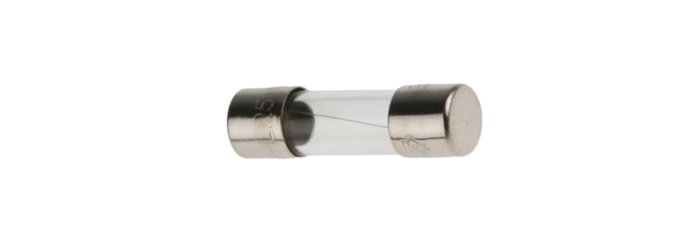
Kit-Kat Type Fuse – In these types fuse, the fuse base act as the input and output terminal which is made of porcelain and the fuse carrier is used to hold the fuse element (made of tin, copper, lead etc.).
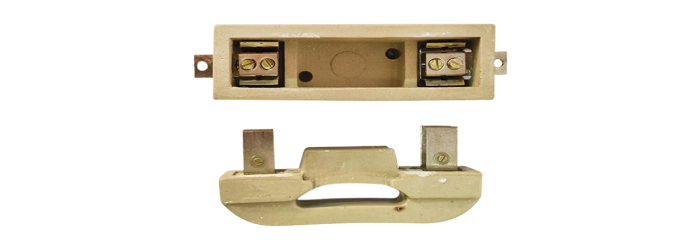
Drop Out Fuse – In these types of fuses, the melting of fuse causes the element to drop under the gravity about its lower support. They are used for the protection of outdoor transformers.
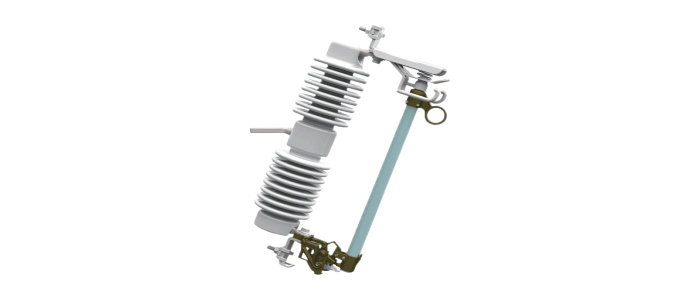
Circuit Breakers
An electric breaker is an electrical switch designed to protect an electrical circuit from damage caused by excessive current due to overload or short circuit. Its basic function is to interrupt current by breaking the circuit after a fault is detected.
There are some important types of circuit breakers −
Air Circuit Breaker – In the air circuit breakers, air is used as the arc extinguishing medium.

Oil Circuit Breaker – In these circuit breakers, the dielectric oil is used as the arc extinguishing medium.
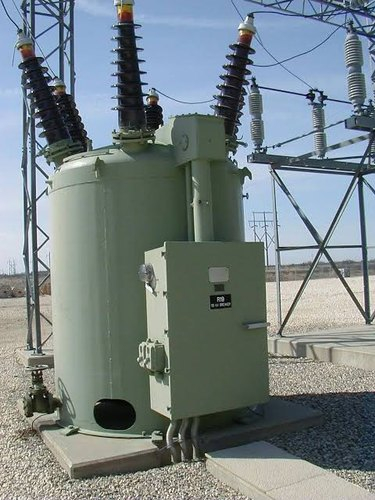
Sulfurhexafluoride (SF6) Circuit Breaker – In these the sulfurhexafluoride (SF6) is used as arc extinguishing medium.
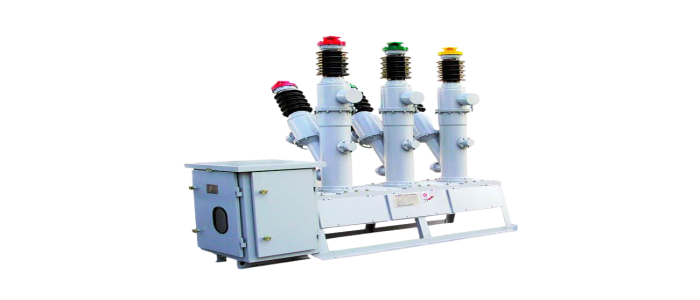
Vacuum Circuit Breaker – In these types of circuit breakers the vacuum is used as arc extinguishing medium.

Electrical Load
A device that consumes electrical power is known as electrical load. The electrical load may be of following types −
Resistive load – The resistive loads prevents the flow of electric current in the circuit due to which the electrical energy is converted into heat and light. The electric bulb and heater are examples of resistive load.

Inductive Load – The inductive loads converts electrical energy into the magnetic field to do work. The induction motor is an example of inductive load.

Capacitive Load – In the capacitive load the current leads the voltage. Example of capacitive load is capacitor banks.

